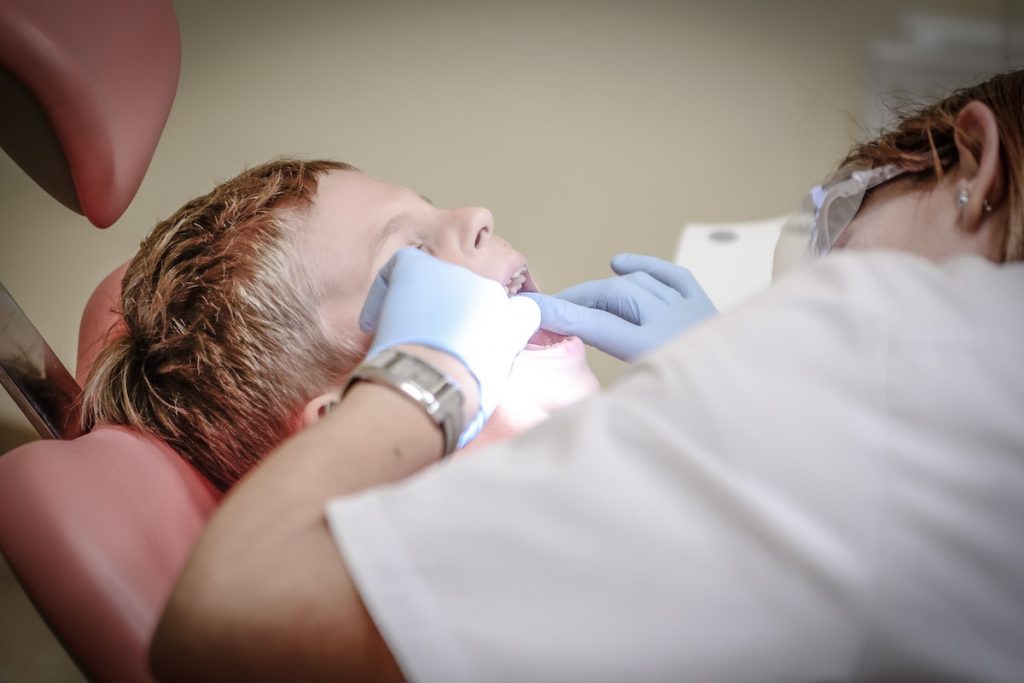Most people who have a missing tooth or teeth are looking for a long-term solution to this problem. Not only to restore the aesthetics of their smile, but to also ensure that they get back the bite strength that they want to help them consume a wider range of foods.
This is where oral implants come in. Fitted to your jaw through surgery, they provide a stable base for prosthetics to be attached to and can last up to 20 years with correct care. While they sound ideal in many ways, some people have concerns about the fitting due to rumors that it is uncomfortable or unsuccessful.
In this short article, you will be introduced to what is involved in having a dental implant Melbourne fitted, so you can know exactly what to expect if you choose this option for yourself.
The consultation

Firstly, you need to attend a consultation with your cosmetic dental team. During this, they will assess the overall health of your mouth by searching your gums and teeth for signs of disease. If gum disease or tooth decay is spotted, it will need to be treated before the implants are fitted. If they deem that you are suitable for dental implantation, they will perform a set of X-rays to look at the condition of your jaw. This is vital, as oral implants cannot be applied successfully to a jaw that is too thin to support them.
But if you are given the green light in this area too, your dental team will book you in for the fitting.
The fitting
The fitting of oral implants sounds more complicated than it is. Your dental team will begin by numbing the area where the implant is to be fitted and then making some incisions in the gum line. Once this step is completed, the gum will be pulled back to expose the jaw, after which some holes will be drilled in pre-chosen locations.
Then, the implant itself (which looks like a small titanium screw) is placed into the hole and the gum line is closed around it using stitches. Depending on how many implants you are having fitted, this procedure may be spread over several appointments and can take up to a month.
Aftercare at home
The aftercare for implants at home is relatively straightforward. You should avoid brushing the implant site with a toothbrush as this can worsen the inflammation and cause it to bleed, while also exposing bacteria to the open incision. Instead, you should clean the site with salt water and maintain regular communication with the dentist who fitted the implants, so they can keep an eye out for signs of infection and will also be able to assess if the implants are fusing correctly.
Prosthetics complete the look!
About 3 to 6 months after the initial surgery, you will be called in to have the prosthetic teeth fitted. This may be a single tooth, a bridge or even an entire set of dentures which will be colour-matched, shape-matched and indeed size-matched to blend with any surrounding natural teeth that you have. The fitting of the prosthetics can take up to an hour, but it allows you to leave the dental surgery with a gleaming smile.
Longevity
As mentioned before, with correct aftercare, oral implants can last 20 years or more and all you need to do is brush and floss them and attend regular dental appointments. It’s also worth noting that lifestyle choices such as smoking and drinking excessively should be eradicated, as these can increase the likelihood of gum disease occurring, which hurts the longevity of implants.
DISCLAIMER
Any surgical or invasive procedure carries risks. Before proceeding, you should seek a second opinion from an appropriately qualified health practitioner.
